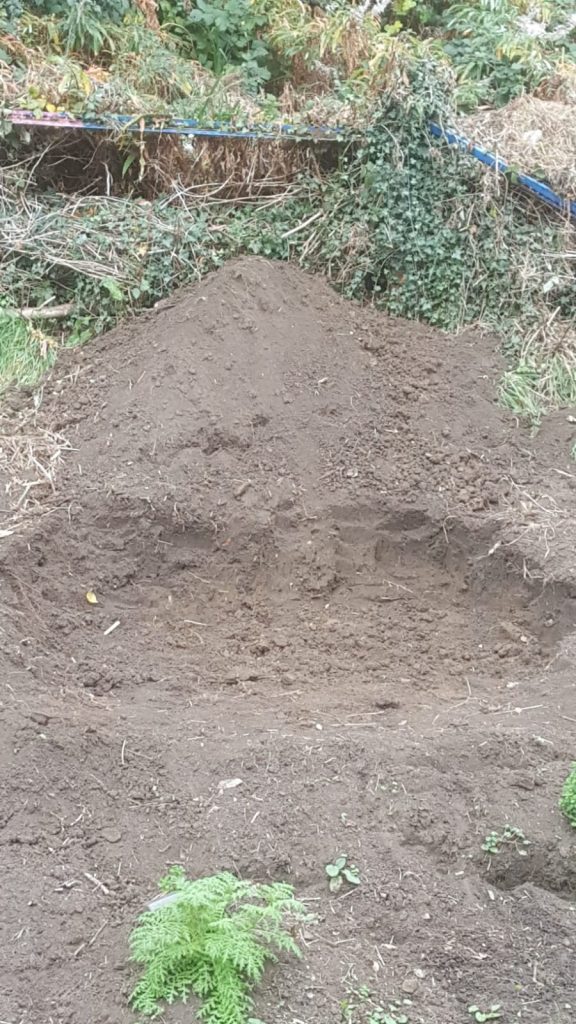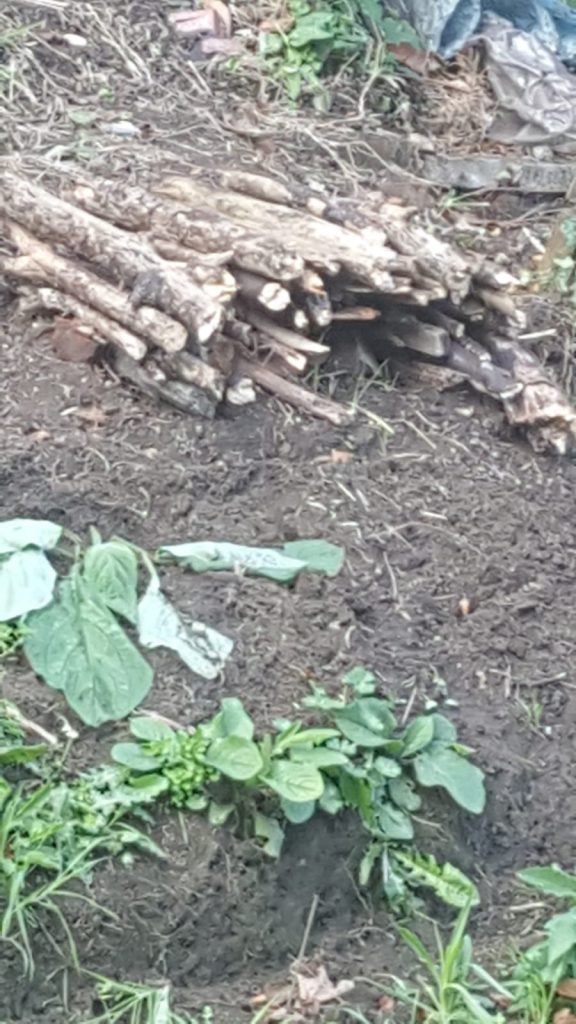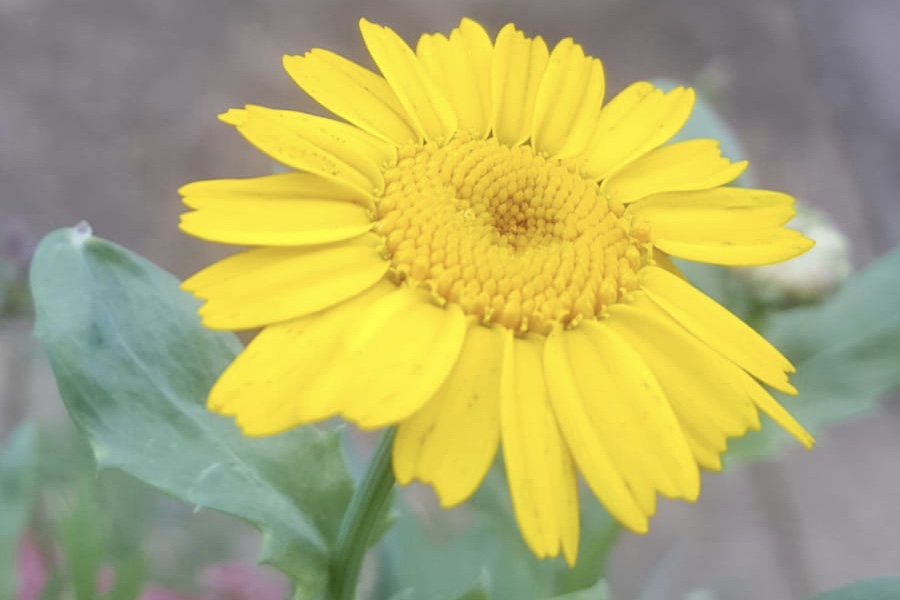With October upon us the natural changes are starting to happen and I’ve been starting to remove fallen leaves from the ‘ reserve ,’ a sure sign that winter isn’t too far away. The management work for the winter has been started in earnest and I’ve been busy trying to improve the rest of the un-worked area in preparation for sowing wildflower seeds next spring. This work has been laborious with the deep digging and the continuous battle against the dominant weed species keeping me busy. Some areas that I had previously dug were re- dug again as some of the more voracious weed species had obviously not been totally removed and there seemed to be daily growth of Creeping Buttercup and Docks. I also began attempting to remove some of the clumps of Pendulous Sedge. This is going to be a major task as there was quite a number of large clumps present and this species is very deep rooted that makes it very difficult to remove.
With the general management plan in place I had been thinking of how I could further improve the habitat and make it more attractive to the local wildlife. One habitat that has been much reduced in recent times is the classic pond. Many old farm ponds have been lost due to the land being ‘ improved ‘ and many species that used these old ponds have declined quite dramatically particularly in the last 50 years. The reserve needed a pond to hopefully attract some of these aquatic species and I began to prepare an area one. The reserve/garden is on quite a steep slope so an area had to be levelled to accommodate a pond. This has taken a lot of digging so far and there will be a fair amount of landscaping to finish the area.

Along with the idea of a pond I also thought of a very quick way in how to make the area more attractive to wildlife. Some may call it a pile of sticks and branches but to the conservationist it’s a habitat pile! These simple constructions can host a wide range of wildlife species from various insect such as bees (who’s Queens will excavate hibernation sites in rotting timber) and they can also attract amphibians and small mammals once they are a bit more established. I collected some timber from the local woods and started the pile and hopefully the wildlife will soon be finding a home there.

It’s good to plan ahead but what has been happening with the wildlife already present in the area? Yet again the weather has been warmer than average for this time of year and due to my unseasonal planting schedule there have been a number of species that have come into flower and added some colour and food for the insects that have prospered in this late warmth.


At least 2 species of hoverfly and the Common Carder Bees have been seen daily feeding on the 9 species of still flowering plants present in the original area that I planted. The largest visitor to the area seems to be happy with the work I have carried out as I witnessed two Badgers digging up the worms the other night. I feel pretty spoilt really and hope these signs of how the local wildlife is already using the area are a sign of things to come for next year. We can only wait and see what happens in the future but so far so good.
